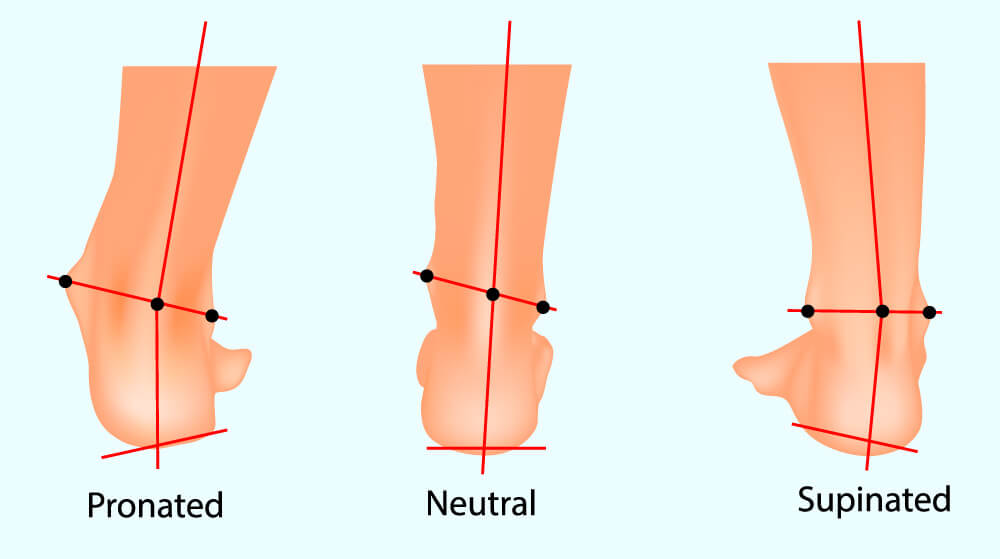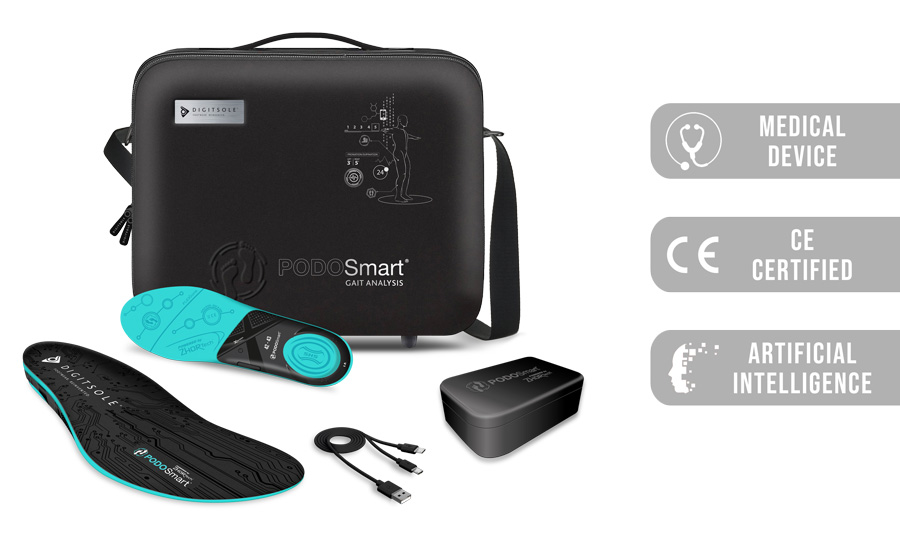What is stride?
Strides is an aid for every person who runs, whether it be a college-level or a professional runner who aspires to become a worldwide champion. Irrespective of the level of running that you do, strides serve as a building block to improve your strength and coordination while running. But a lot of the primary runners do not know about the benefits strides carry.
Strides, aka strides or strides outs, are acceleration phases of about 100 meters when a person initiates to jog, builds up their jog to an optimum level of about 95%, and then slowly starts to stop. A single cycle or phase of stride takes about twenty to thirty seconds based upon the runner’s ability to maximize and stop their jog. A single cycle of stride only takes a few seconds but has several benefits. A person can initiate with about four strides and then gradually increase to six strides after about three to four weeks.
The runner needs to take a break of about sixty to ninety seconds in between each stride to normalize the breathing rate. Contrary to popular belief, a stride is not an aerobic exercise; instead, it is a developmental workout designed to improve speed and to maintain the same comfort level at increasing speeds.
Why is Stride Important?
As mentioned before, running strides hold numerous benefits. Some of which are jot down for you to read
- Helps in loosening up after slower runs
- Strides make it easier to transition from slow runs to faster ones, specifically for people who are a beginner at running.
- If strides are being done while being barefoot, they improve strength in lower leg and foot.
- Strides prepare your mind and body to run faster.
- It only requires a few minutes.
The perfect way to run strides
If you are wondering how to run strides appropriately? Here’s what you can do:
- Start with a good and firm posture, which means that you need to lean your body forward to a 1 or 2-degree angle.
- Ankles should feel ‘poppy,’ and the movement of the arms will be a lot more active as compared to when a person runs at slower speeds.
If you keep these two points in mind, then you are good to go.
Pronation, Supination and Neutral
If you think that running strides is all you have to focus on, then you are wrong. Strides are of many types and are often analyzed by professionals in order to figure out the kind of stride that a runner has. A stride can be of three types:

- Pronation – When running stride, if a person’s foot is rolling inwards, then it is known as pronation. A person with this type of stride will usually find his shoes wearing off from the inside faster than the rest of the areas of the shoe.
- Supination – When running stride, if a person’s foot is rolling outwards, then it is known as supination. This type of stride is opposite to pronation, and if a runner has this type of stride, then his shoes will be wearing off from the outsides faster as compared to the rest of the shoes.
- Neutral – Neutral is the last type of stride in which the runner’s foot does not roll inward or outward. The foot of a runner with this type of stride is normal, and the shoes wear off evenly. Having this type of stride also means that the runner has a perfect alignment of the foot.
Pronation, Supination – Health Issues Involved
People who supinate or pronate to a great extent or leave this condition without getting themselves professional help go through many health issues. Every person that has supination or pronation goes through one or all of the following problems;
- Pain in ankles
- Frequent sprain during running
- Fractures due to stress in feet and legs
- Swelling of the foot and ankles
- Weakness in legs that gets worse with time
How to know what type of runners stride do you have?
In order to determine the type of stride that you have, there are several tests that you can undergo to check the kind of stride that you have.

- The Wet Foot Test
One of the conventional methods for the analysis of the stride is the wet foot test. For this test, a runner wets the sole of their feet and places them on a dark-colored tile, pavement, a heavy-duty paper, or any surface that may visibly leave behind your footprint. Examine the degree to which the sole of the feet is; this serves as an indication as to what type of arch the foot has. After figuring out the arch type, the person can then get their recommended shoe type.
- Analyzing a photograph
An alternative conventional method is taking a picture of the back of your leg while standing straight. It is not one of the reliable techniques but will certainly help in giving you the idea of the type of stride that you have.
- Gait Analysis
It is one of the most reliable methods that is being carried out by professionals. In gait analysis, the physician asks you to put on neutral shoes and asks the person to run on a treadmill for a short duration of about twenty to thirty seconds.It allows the physicians to perform an analysis of how the foot of the person lands on the floor and any issues in the alignment of the ankles or knees. The entire running period is recorded on video, and it is then replayed and analyzed by the professionals frame by frame.
The analysis then provides you with the result regarding your stride and also suggests you with the shoes that will best suit your running styles. This entire process of gait analysis takes about 15 minutes and requires the person to run at a constant speed.
PODOSmart – The New and Smart Technology
Podosmart is the new certified medical device that does all of the analysis mentioned above in less than thirty seconds. Podosmart is also known to diagnose and detect any changes in the person’s strides, for example, limp or abnormal pronation and supination in the patient’s strides. Podosmart utilizes insoles that are placed in the patient’s shoes. These insoles use artificial intelligence algorithms and precisely detect any abnormalities in the patient’s stride with the help of biomechanical data provided through Bluetooth.

Podosmart also includes a smart interface that allows the physician to visually analyze the entire activity of the patient on a smart screen such as a tablet or computer. The patient can also view it, and hence Podosmart is considered to be one of the modern advanced methods of analyzing a patient’s strides.
Conclusion
If you wish to become a professional runner, it is vital that you analyze your strides and consult a professional on the right type of shoes to wear. Supination and pronation are normal motions. However, conditions of overpronation and over supination may lead to specific medical issues that may eventually lead to problems of your inspiration to become a runner. These problems can easily be corrected with minor tweaks in the type of shoe that you wear, which can be more effective only if you get professional help. Devices like Podosmart have made these analyses and tests much easier, quicker, and precise.